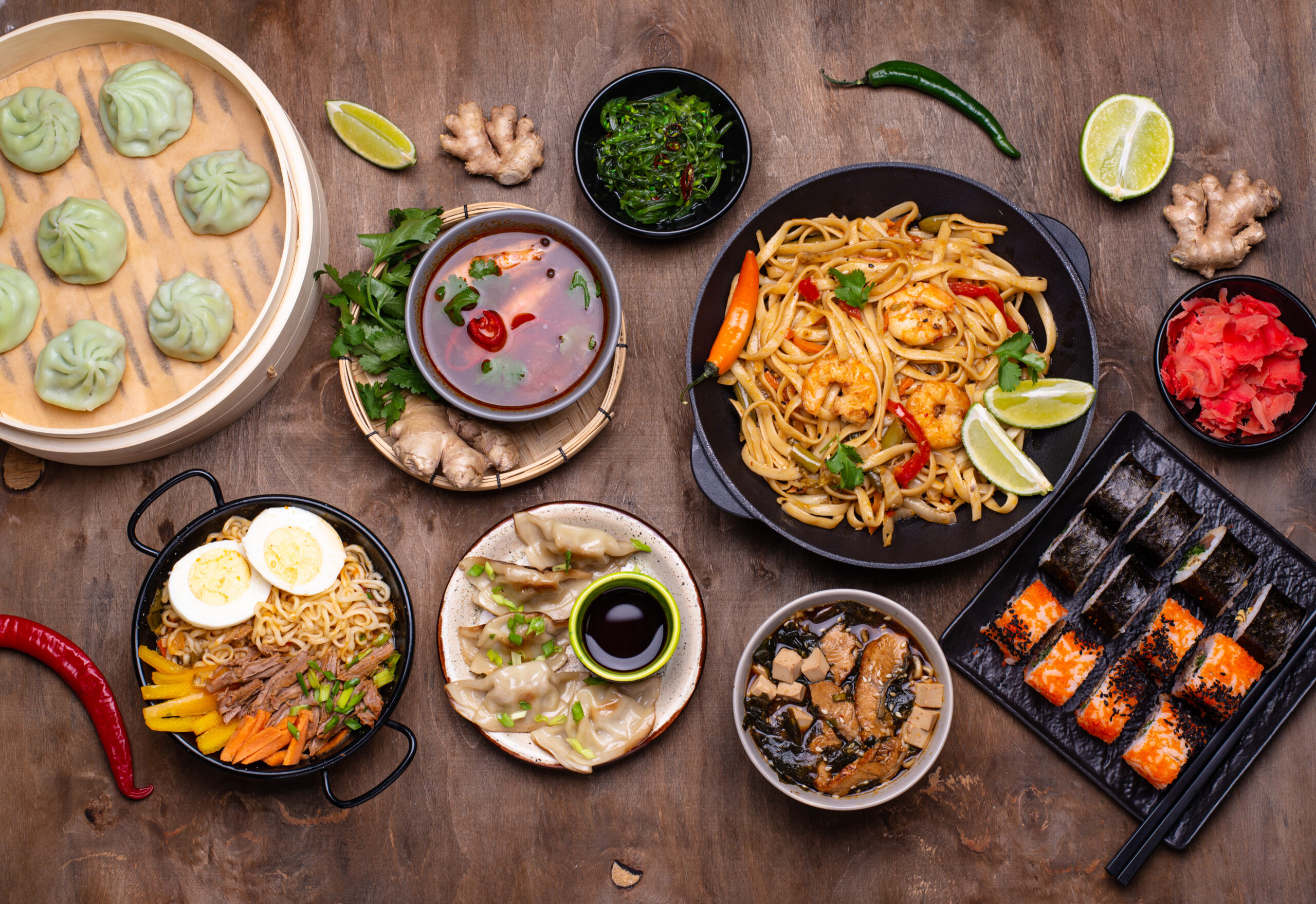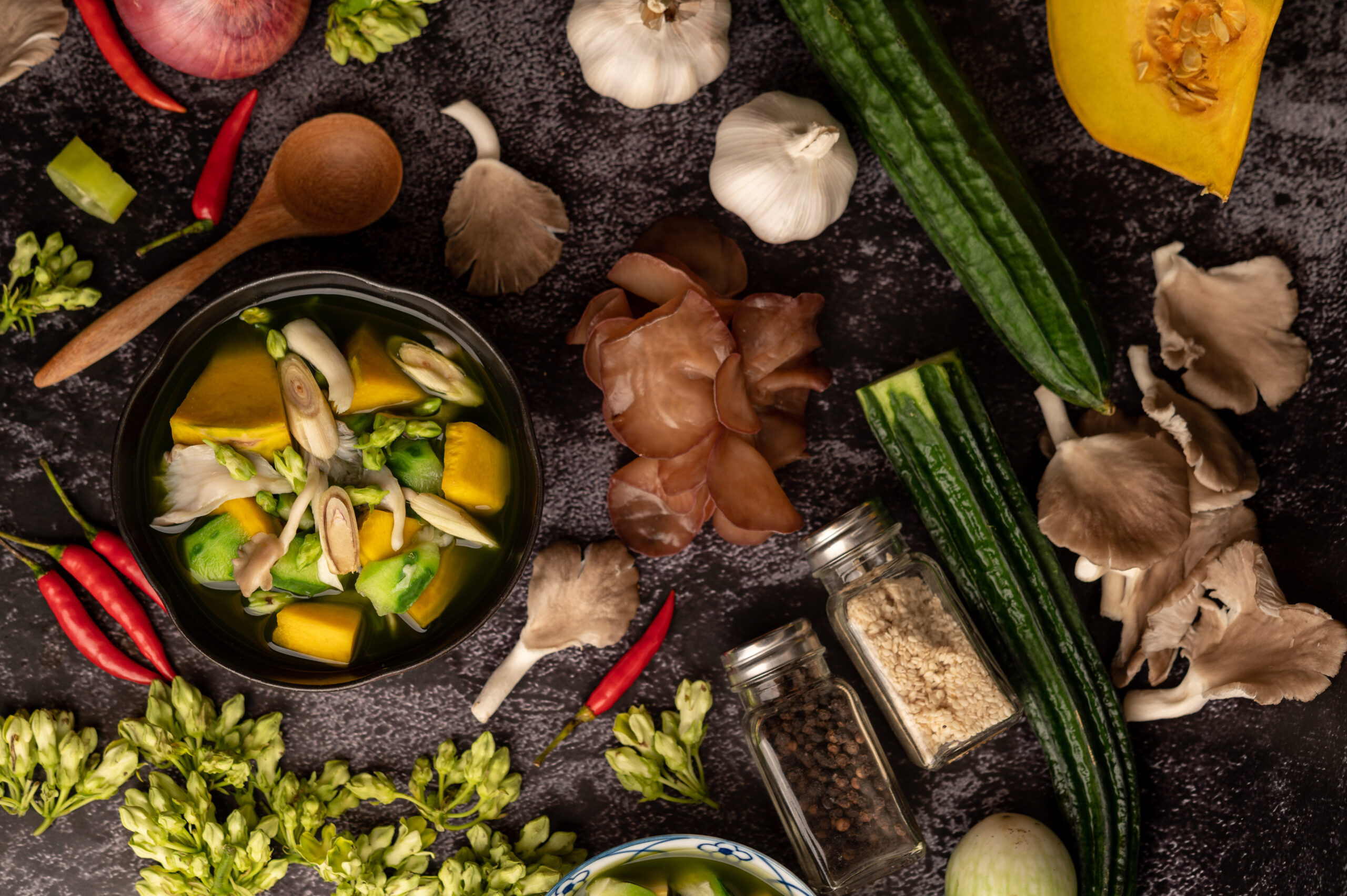
Asian fusion restaurants have become a vibrant culinary trend, offering a delightful blend of flavors, techniques, and ingredients from various Asian cuisines. These establishments are not just places to eat; they are hubs of culinary innovation where traditional dishes are reimagined with creative twists, resulting in unique dining experiences that tantalize the taste buds and celebrate diversity. Let’s delve into what makes Asian fusion restaurants so special and why they have captured the hearts—and appetites—of food enthusiasts worldwide.

A Culinary Journey Across Asia
At its core, Asian fusion cuisine is about blending elements from different Asian culinary traditions to create dishes that are both familiar and novel. Imagine savoring Korean bulgogi tacos, where tender marinated beef meets the crunch of a taco shell, or indulging in a sushi burrito that combines the freshness of sushi with the convenience of a handheld wrap. These innovative combinations reflect the creativity and adaptability of chefs who draw inspiration from the rich tapestry of Asian flavors.
Creative Freedom and Innovation
One of the defining characteristics of Asian fusion restaurants is the freedom to experiment with flavors and techniques. Chefs often combine traditional ingredients such as soy sauce, coconut milk, lemongrass, and ginger with non-traditional elements like quinoa, avocado, or even artisanal cheeses. This fusion not only creates exciting new taste profiles but also opens doors to cross-cultural dialogue and culinary exploration.
Cross-Cultural Influences
Asian fusion cuisine thrives on the exchange of ideas and ingredients across cultures. Historical trade routes and migrations have brought spices, cooking methods, and ingredients from one region to another, resulting in a culinary melting pot that continues to evolve. For example, dishes like Thai green curry pizza or Vietnamese banh mi burgers seamlessly integrate Asian flavors into Western formats, offering diners a multicultural dining experience.
Adapting to Local Tastes
Asian fusion restaurants often adapt their menus to cater to local tastes and preferences, making the cuisine accessible to a broader audience. This adaptation may involve using locally sourced ingredients or incorporating popular dishes from the host country while retaining the essence of Asian culinary traditions. By embracing diversity and inclusivity, these restaurants create a welcoming environment where diners can explore and appreciate different cultures through food.

The Role of Creativity and Innovation
Innovation is at the heart of Asian fusion cuisine, with chefs continually pushing boundaries and experimenting with new ingredients and techniques. This creativity not only attracts adventurous diners seeking unique culinary experiences but also inspires the broader food industry. From food trucks to fine dining establishments, Asian fusion has permeated various culinary landscapes, influencing menus and sparking new trends worldwide.
The Future of Asian Fusion Restaurants
Looking ahead, the future of Asian fusion restaurants appears bright and promising. As global travel and cultural exchange continue to thrive, so too will the diversity and creativity in Asian fusion cuisine. Chefs will continue to innovate, drawing inspiration from traditional recipes, modern culinary trends, and sustainability practices to create dishes that are both delicious and socially responsible.


